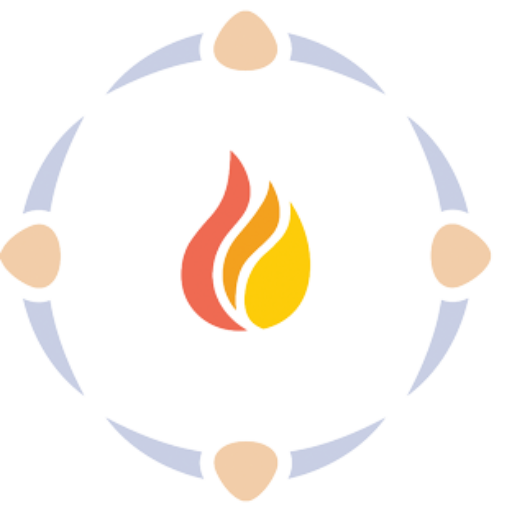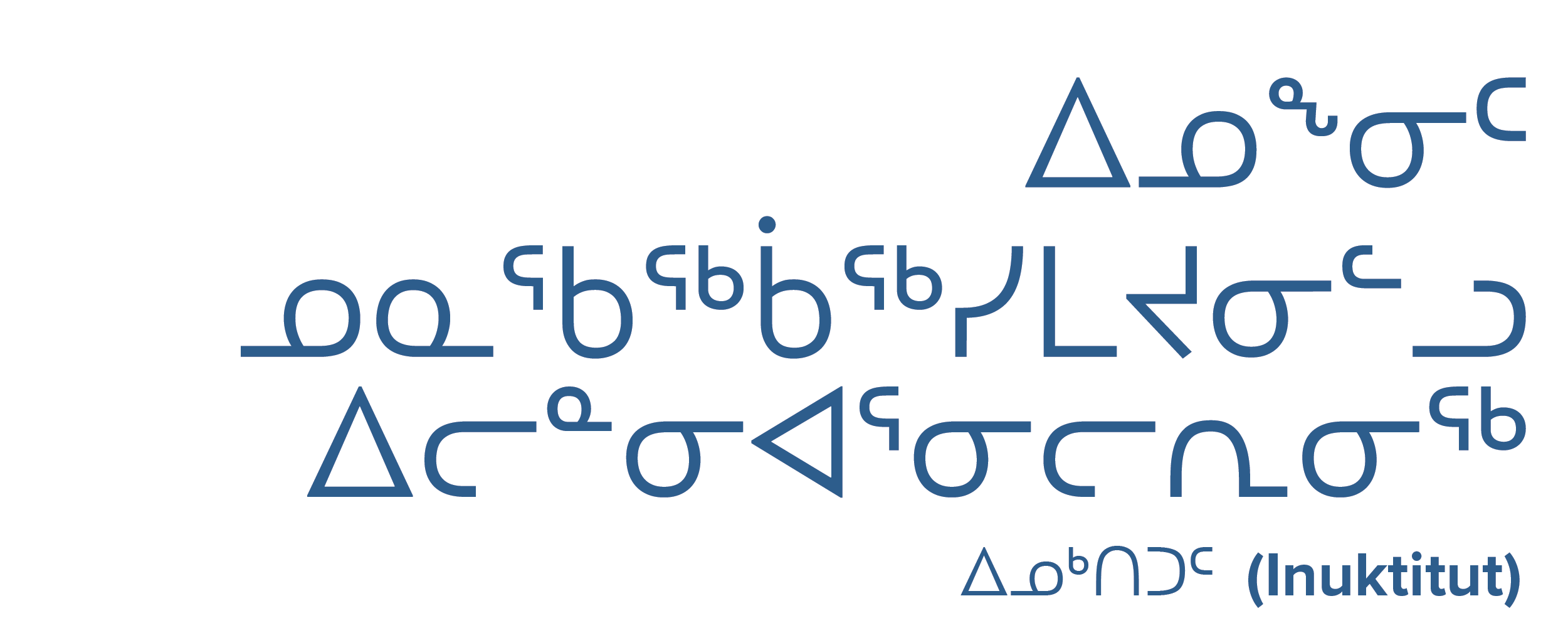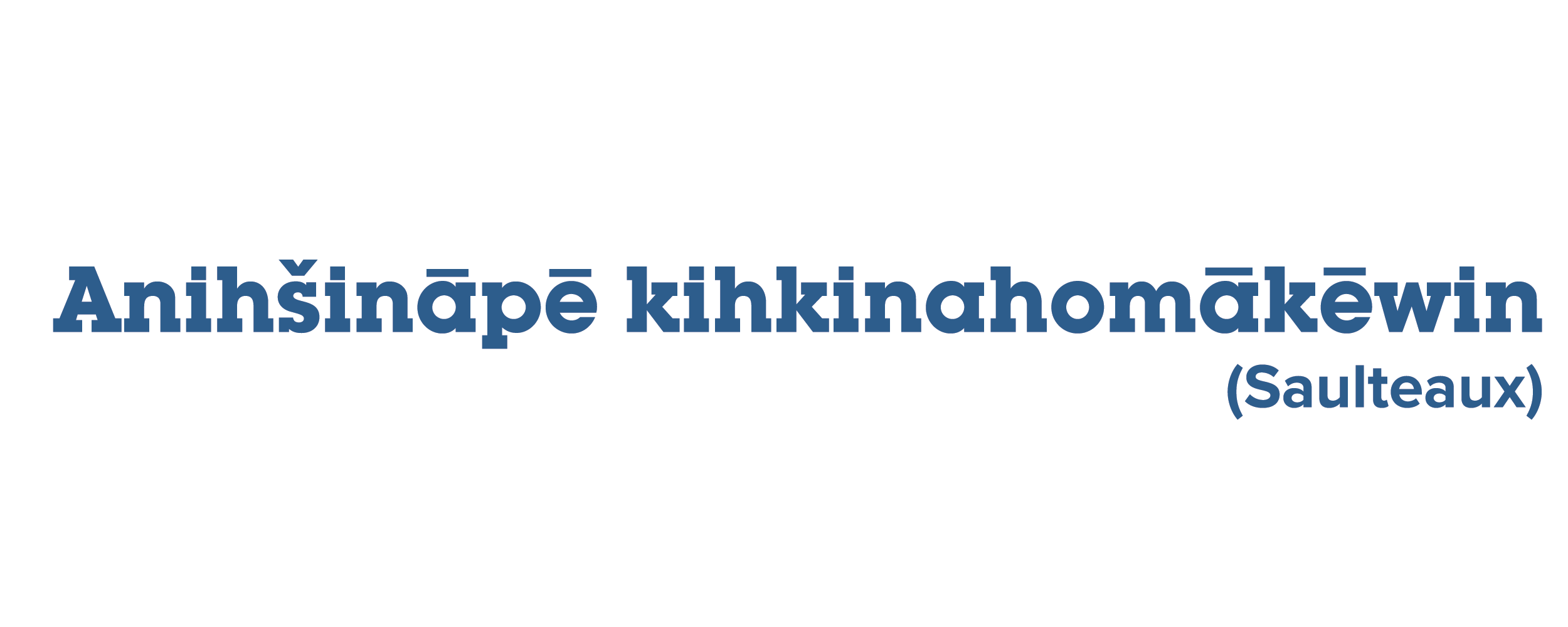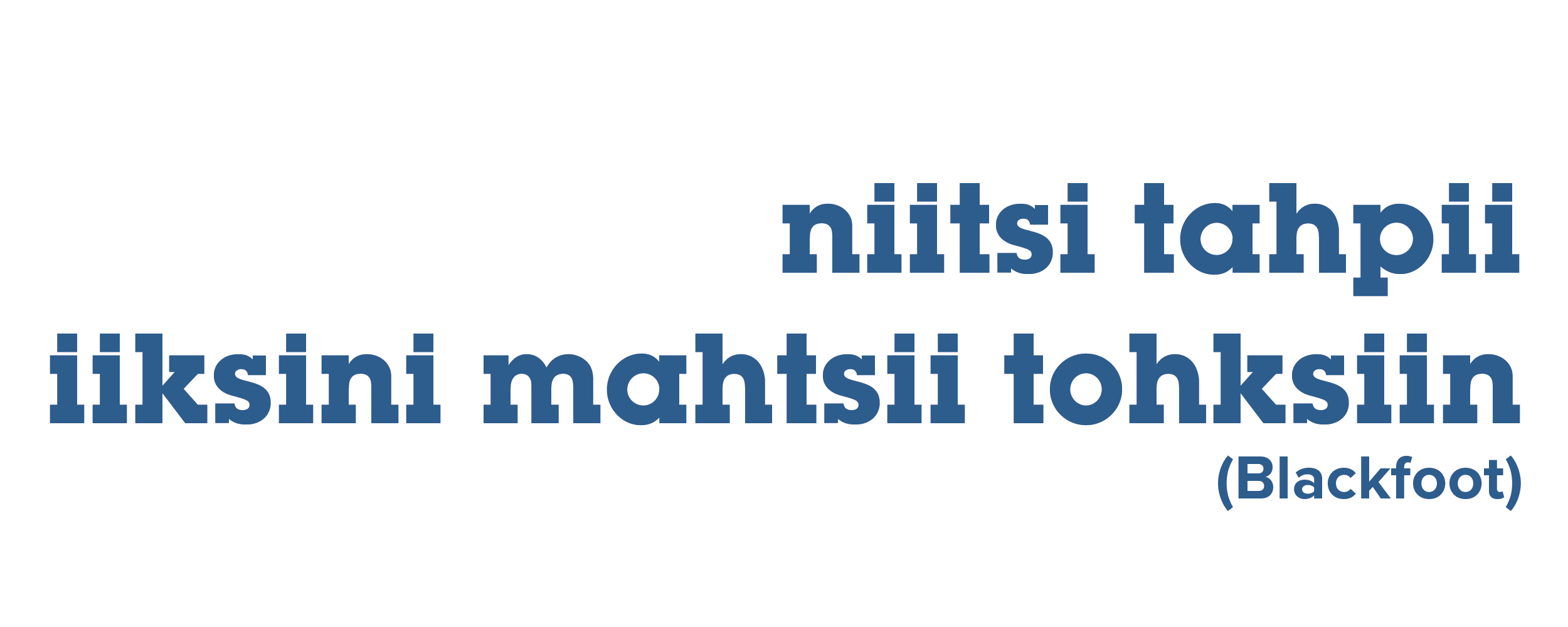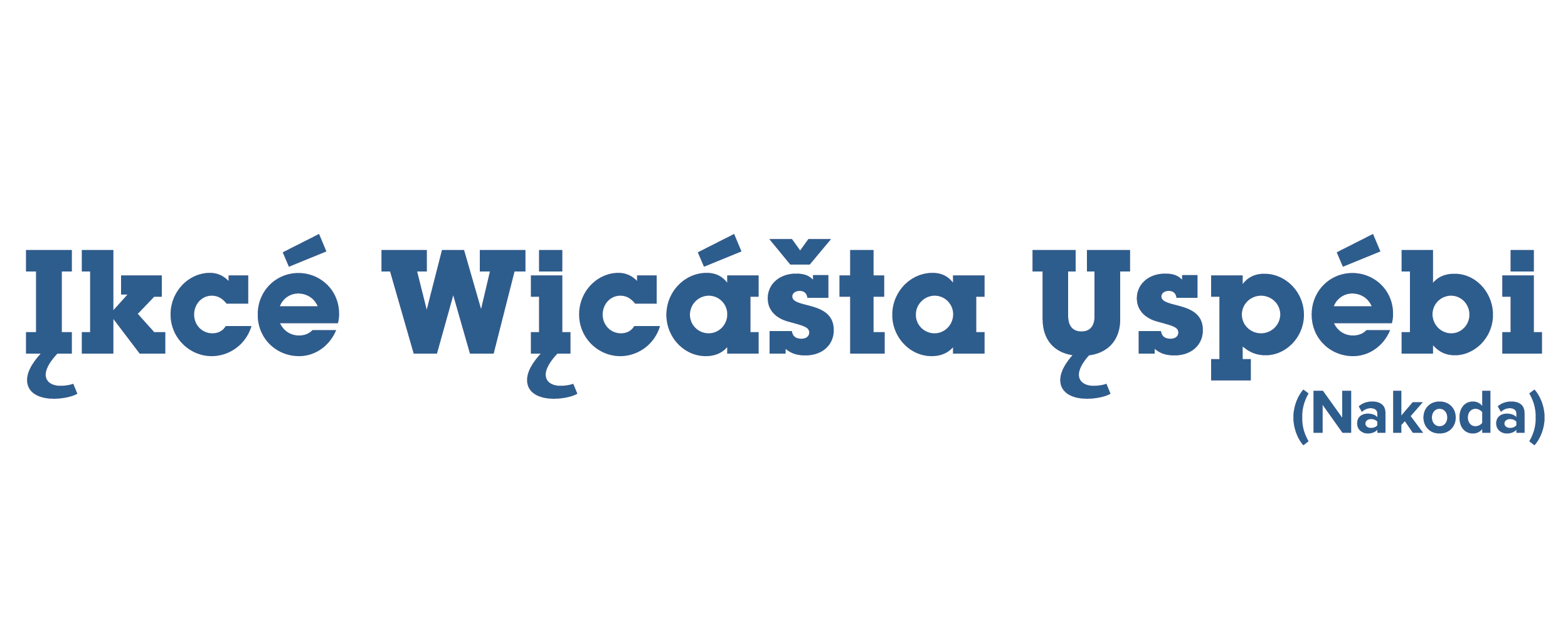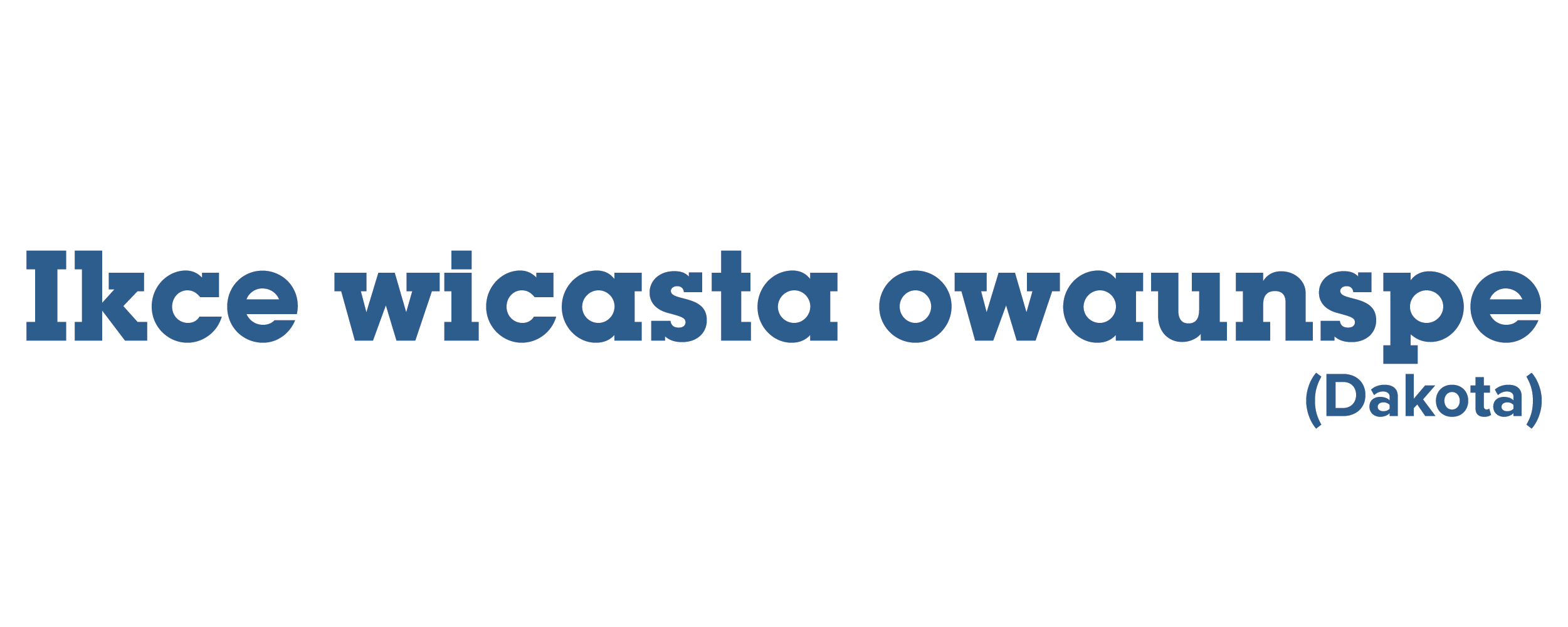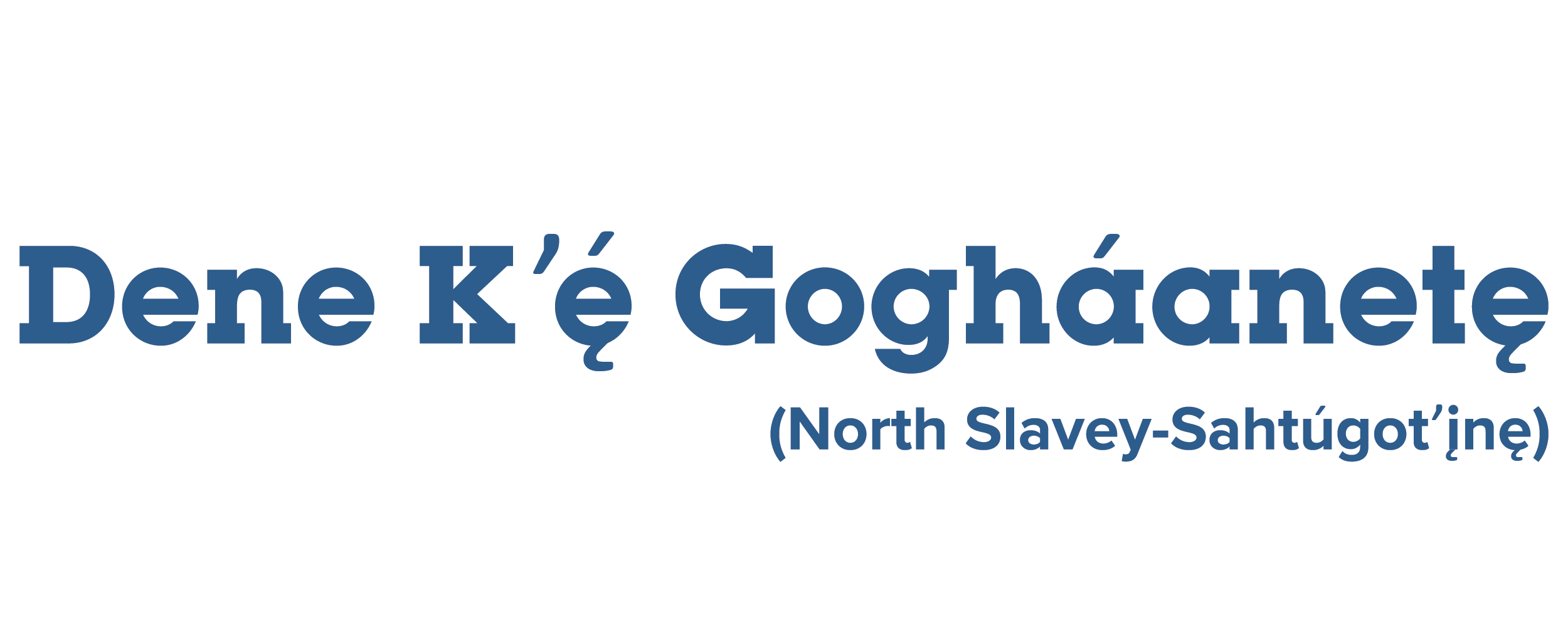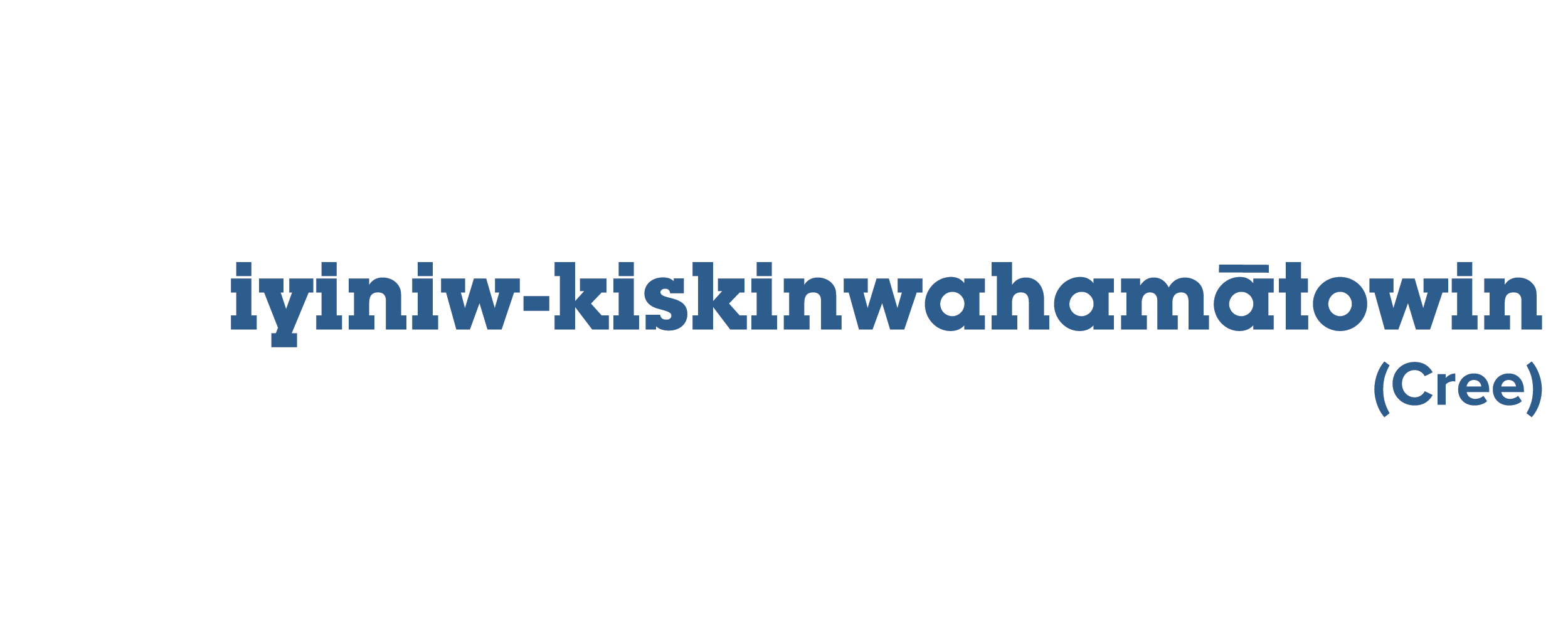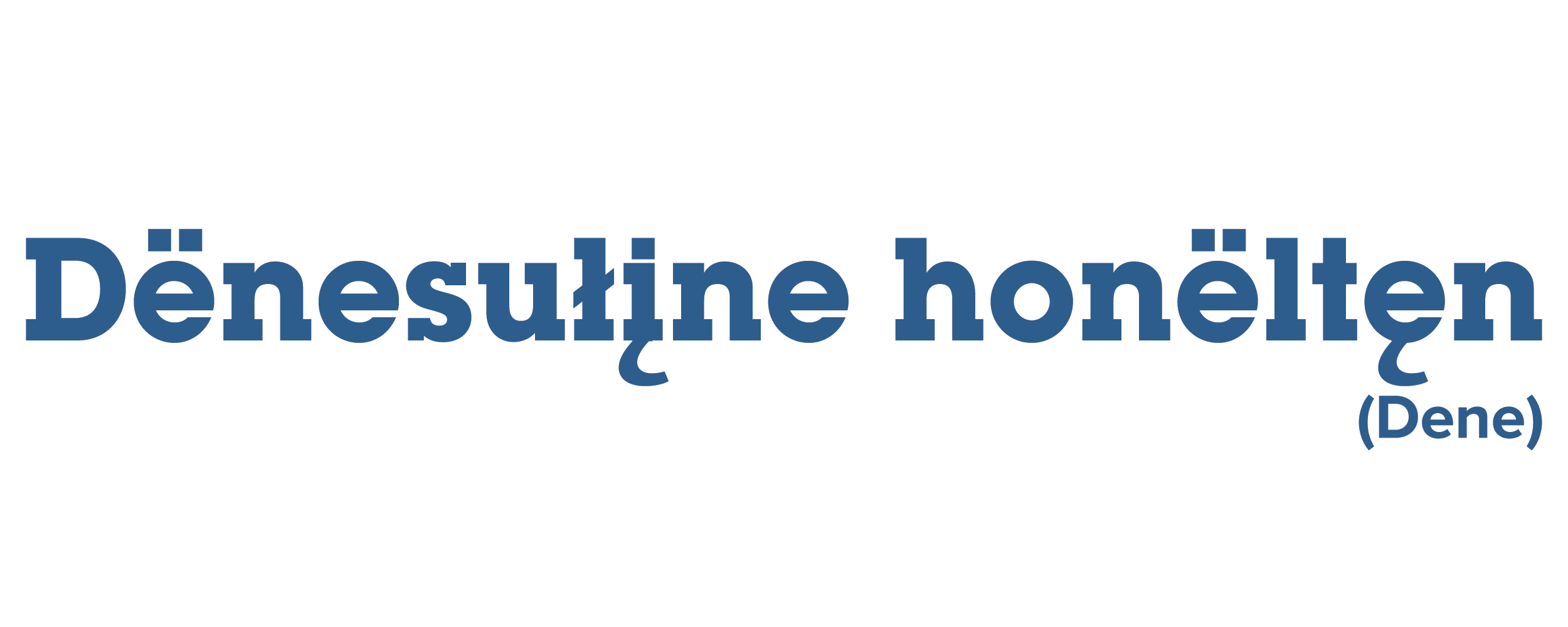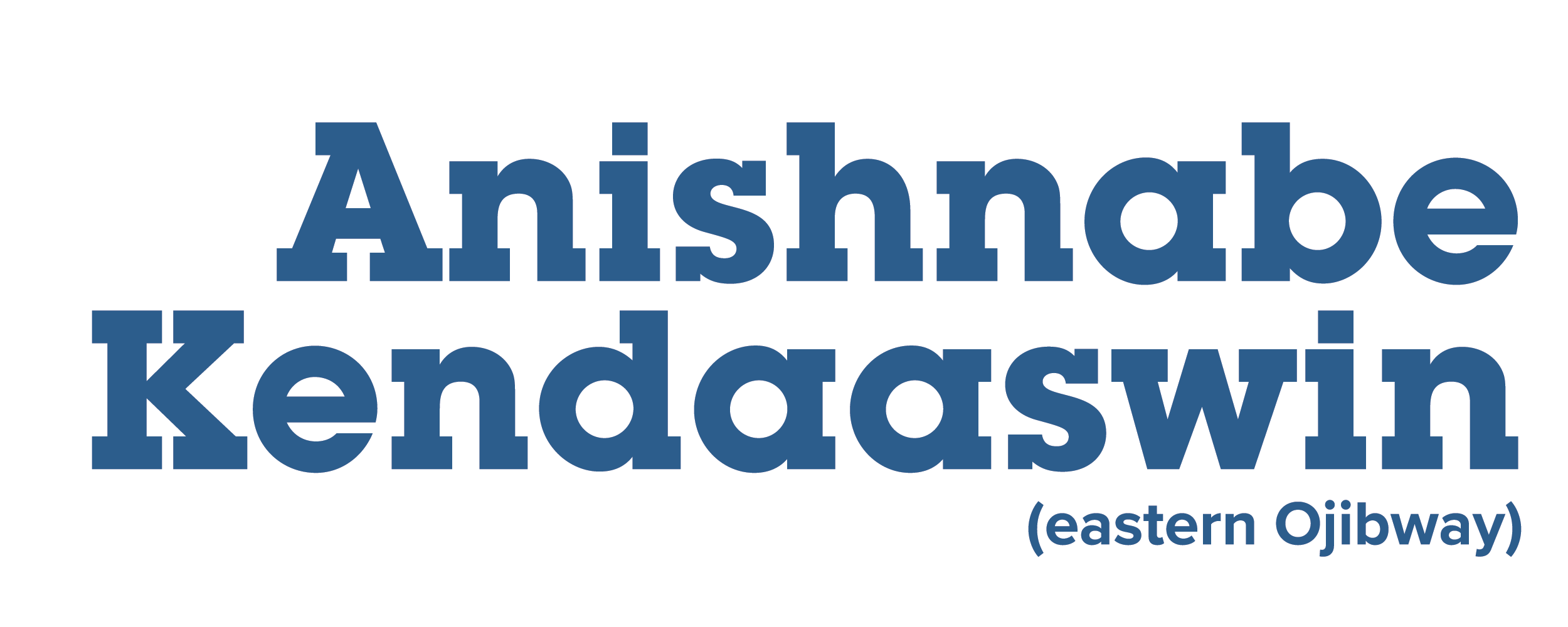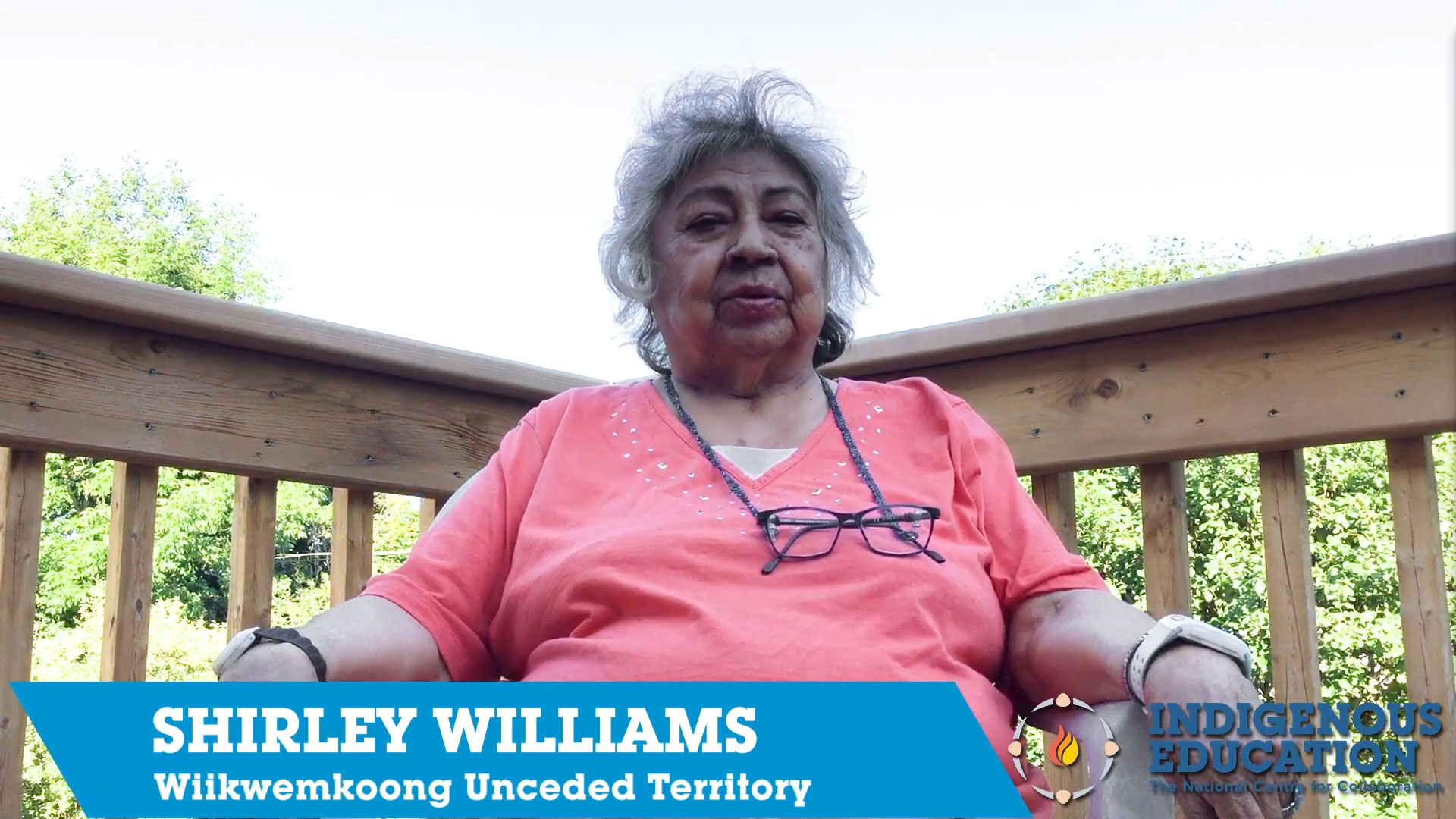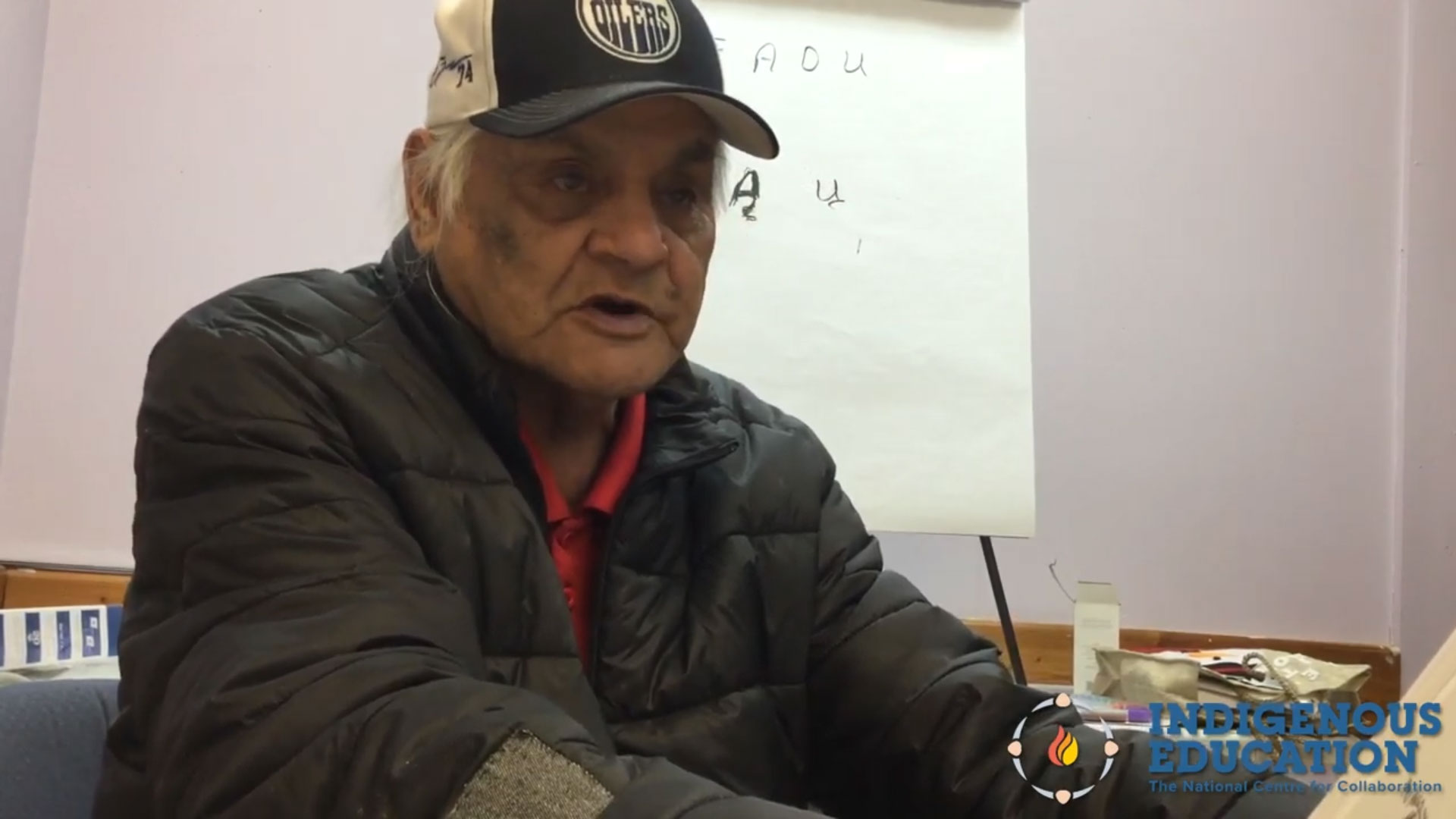Posted on mai 21, 2021 by Kevin Fitzmaurice
Barbara Nolan is an Elder from Wiikwemkoong First Nation. She is the Language Commissioner for the Anishinabek Nation and has a long history of teaching the Anishnaabe language and has developed many different resources to help with the teaching and learning of Anishnaabemowin including the ‘Nishnaabemdaa’, an Anishinaabemowin language app available for iOS and Android […]
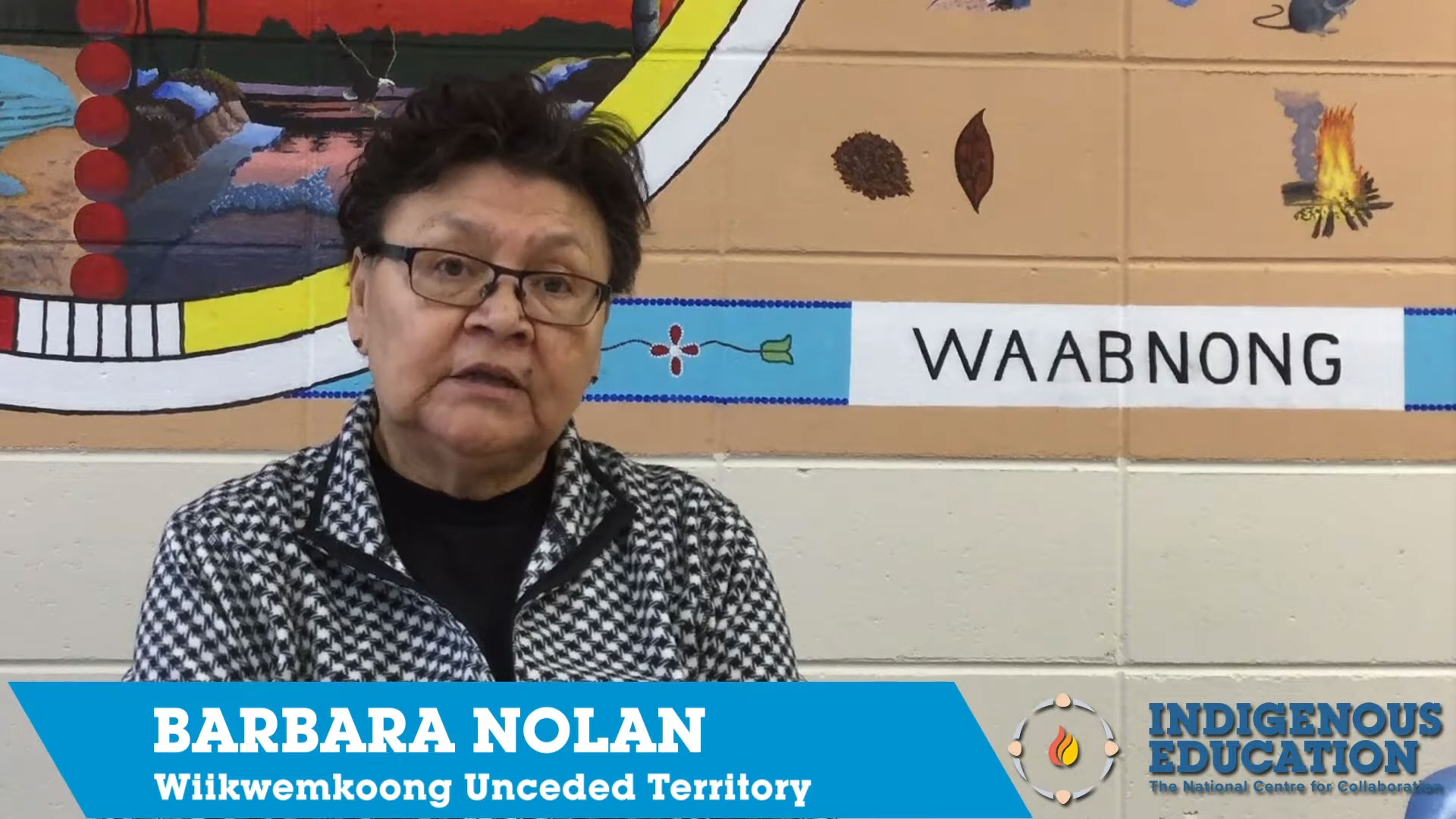
Barbara Nolan is an Elder from Wiikwemkoong First Nation. She is the Language Commissioner for the Anishinabek Nation and has a long history of teaching the Anishnaabe language and has developed many different resources to help with the teaching and learning of Anishnaabemowin including the ‘Nishnaabemdaa’, an Anishinaabemowin language app available for iOS and Android devices. Barbara also teaches Anishinaabemowin immersion on a part-time basis at the Garden River Child Care Centre.
According to Elder Barbara Nolan, traditional Anishnaabe education was on the land and children were included in everything that the parents did from picking berries, to cleaning fish and it was all done in the language. All these teachings can be included in today’s curriculum as part of land-based learning that is immersed in the language. This is Indigenous education and this is how our spirits get filled up.
Posted on by Kevin Fitzmaurice
Brandon Petahtegoose of Atikameksheng First Nation disusses the importance of land-based learning and teaching the Anishnaabemowin language as part of this learning. Without this knowledge one can become lost and susceptable to negative influences in life; knowing oneself is possible in relation to one’s culture and community. Brandon has been fortunate to have had the opportunities to learn the traditional Anishnaabe Knolwedge of his family and community and this has helped him as well as those in the community. Indigenous education is learning from the land, medicines, plants, and animals all within the Anishnaabemowin language. Learning in this way is critical to the survival of Anishnaabe people.
Posted on by Kevin Fitzmaurice
Chris Pheasant is from Wiikwemkoong First Nation and has dedicated his life to Indigenous Education. Over the course of his career, Chris has been a Guidance Counsellor, Teacher, Principal, and College Faculty member. Indigenous education is Biimaadiziwin, a way of living. Indigenous knowledge is ingrained in the language of the people and its relationship with […]
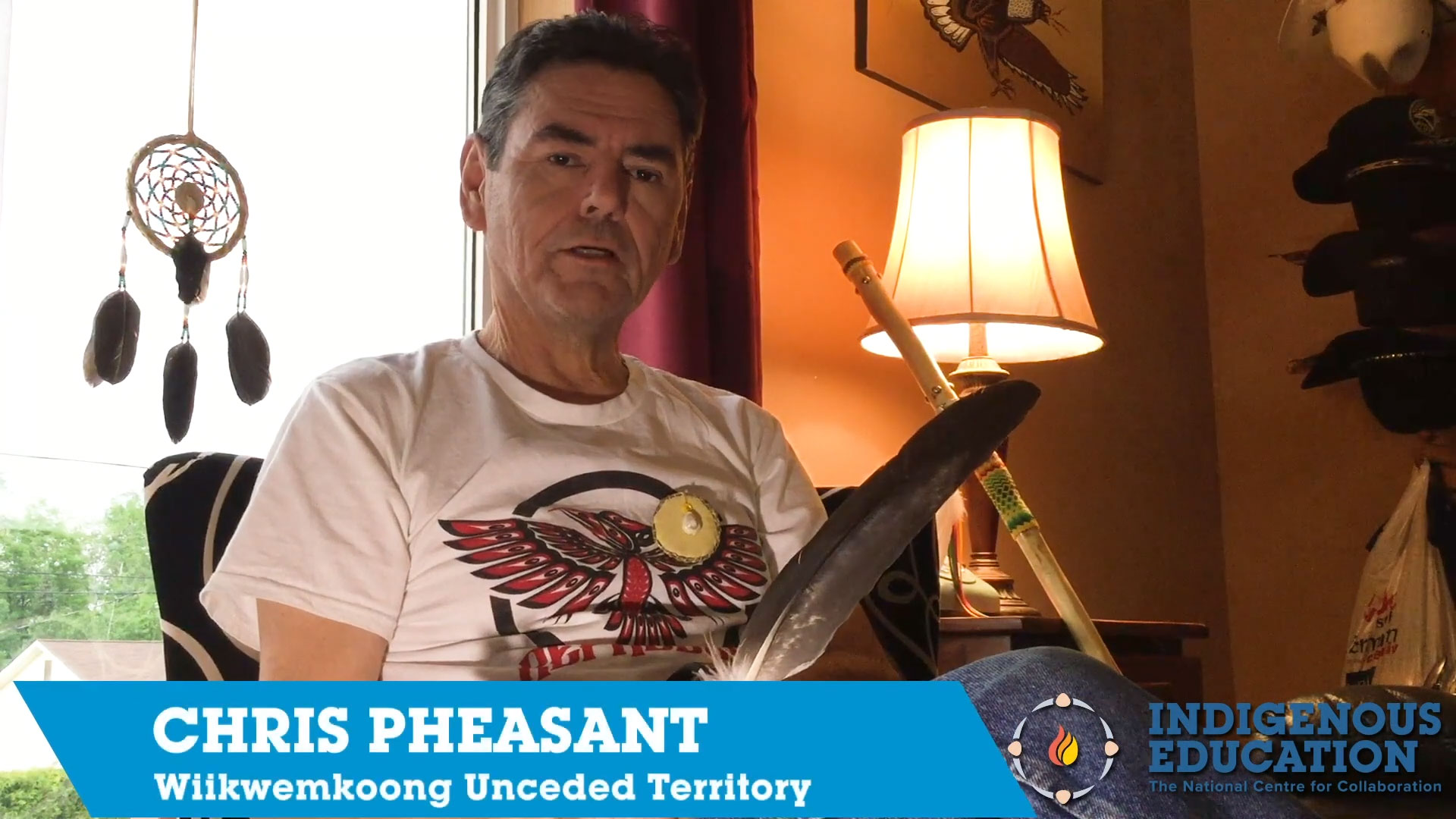
Chris Pheasant is from Wiikwemkoong First Nation and has dedicated his life to Indigenous Education. Over the course of his career, Chris has been a Guidance Counsellor, Teacher, Principal, and College Faculty member. Indigenous education is Biimaadiziwin, a way of living. Indigenous knowledge is ingrained in the language of the people and its relationship with the environment, the land, the water, the air, our spirit. It is a wholistic education that encompasses the four quadrants of being and understandings of natural law. In these and other ways Indigenous Education differs from Western Education and it is important to be aware of and to be respectful of these differences.
Posted on mars 30, 2021 by Steffany Salloum
Elder Willie Ermine from Sturgeon Lake First Nation shares about the process of community development and how possibilities like Harvest Days come to fruition in his community.
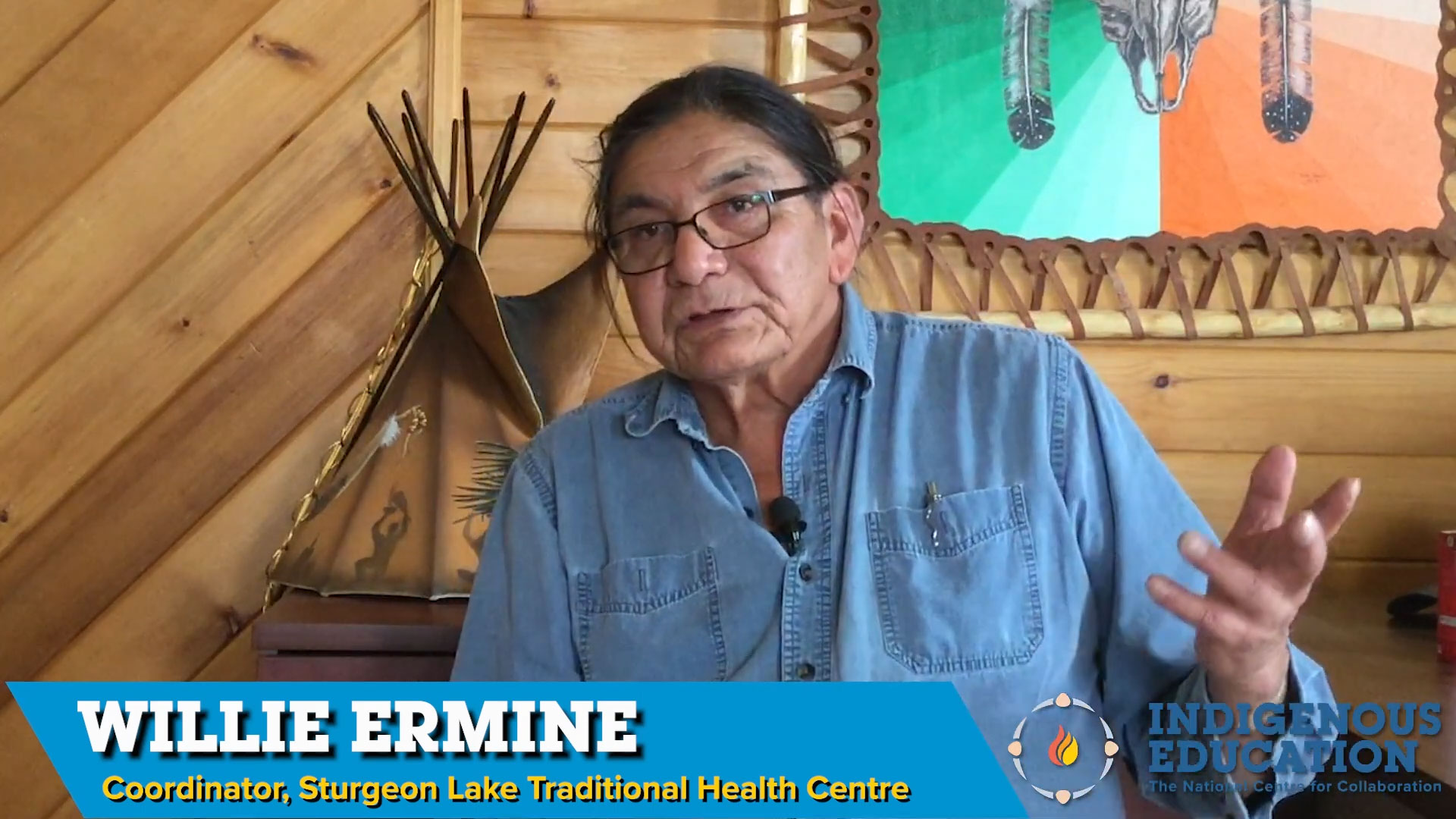
Elder and ceremonialist, Willie Ermine, from Sturgeon Lake First Nation is the Traditional Health Coordinator at the Lloyd Johnson Memorial Healing Lodge. It is through the Elder’s Council and the work of the Healing Lodge that brings Sturgeon Lake community members together. Ermine discusses the history of his community and shares about the uniqueness of community members. The people are special and it is with the gifts of the people that will determine what is possible. By extracting the memory of the community he hopes that community members will see themselves in the history and will find strength in that knowledge.
Case Study: Sturgeon Lake Traditional Health Program
Posted on by Steffany Salloum
Sturgeon Lake First Nation community members reflecting on Harvest Days during the COVID-19 pandemic.
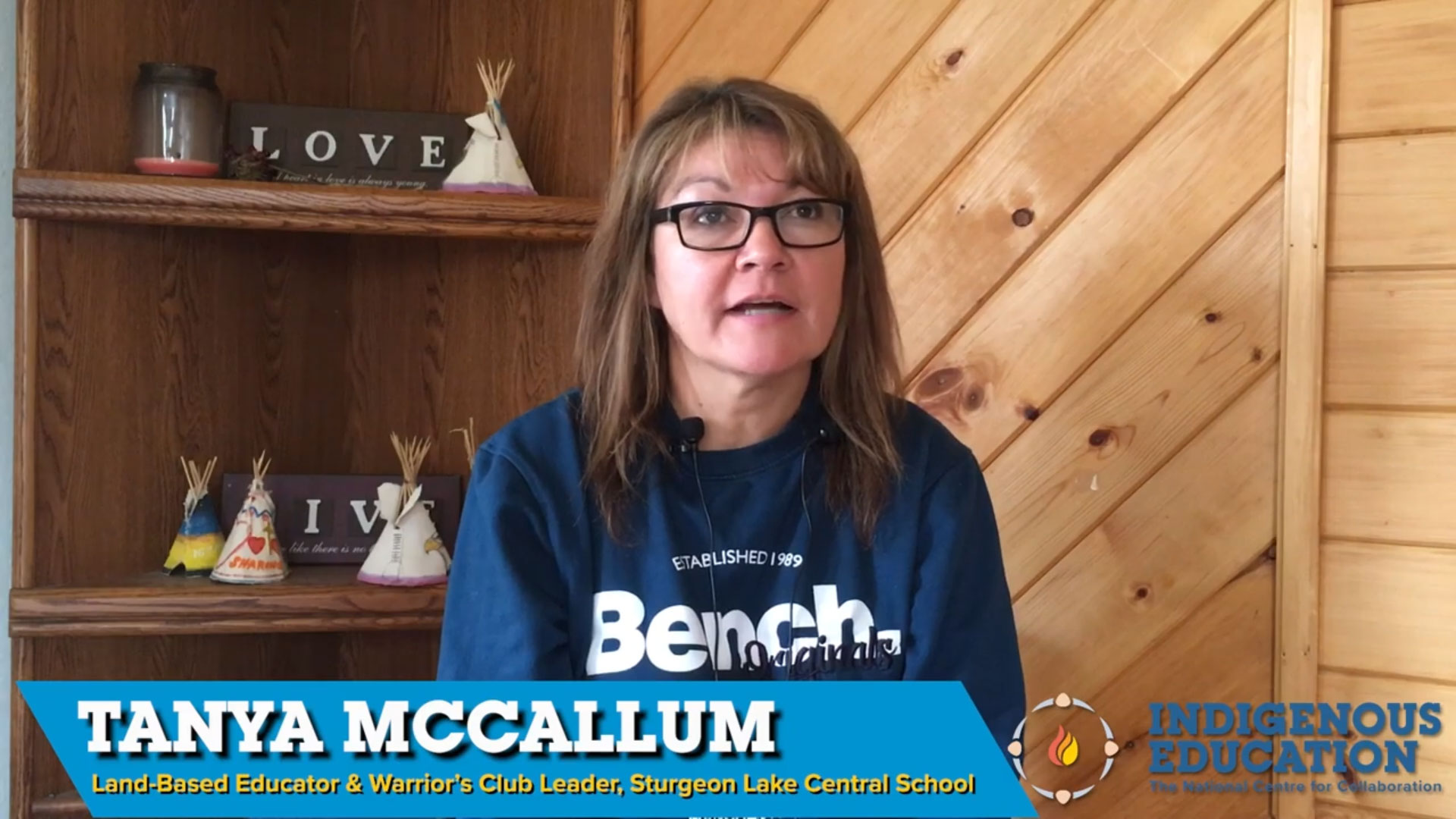
Harvest Days is an example of what is possible – community members came together at the Healing Lodge, over the course of a week, and between young and old, they hunted, fished, picked berries, processed food, prepared medicines and drank pandemic immunity. Their efforts to support their community during a pandemic and their commitment to teaching the youth about land-based learning, community, and traditional health is shown in their food security preparations.
*Disclaimer: This video deals wth the processing of deer, moose, and fish for preservation and has graphic content.
Posted on mars 23, 2021 by Gabriel Maracle
Cette vidéo est celle d’une table ronde réunissant des aînés et des enseignants autochtones, qui s’est tenue à l’Université Trent le 23 novembre 2018. Le sujet de la table ronde était l’intégration des savoirs autochtones à l’Académie. Les panélistes ont reconnu que des changements positifs importants ont été apportés à l’Université Trent, comme le nouveau […]
Cette vidéo est celle d’une table ronde réunissant des aînés et des enseignants autochtones, qui s’est tenue à l’Université Trent le 23 novembre 2018. Le sujet de la table ronde était l’intégration des savoirs autochtones à l’Académie. Les panélistes ont reconnu que des changements positifs importants ont été apportés à l’Université Trent, comme le nouveau demi-crédit obligatoire en études autochtones pour tous les étudiants, et l’intégration continue des savoirs autochtones dans le programme de doctorat en études autochtones. Il a également été entendu qu’il faut en faire plus. Parmi les questions soulevées figurent l’intégration d’un plus grand nombre de savoirs autochtones dans l’ensemble de l’université, ce qui inclut un apprentissage ancré davantage sur le territoire, l’utilisation de noms autochtones pour les lieux et les bâtiments, et un soutien financier plus important pour faire venir des aînés autochtones pour enseigner à l’université.
Les participants à la table ronde étaient :
- Doug Williams (Michi Saagiig Nishnaabeg), aîné, directeur des études autochtones, programme de doctorat, Université Trent
- Barbra Wall (Potawatomi), faculté des études autochtones, Université Trent
- Dawn Lavell-Harvard, (Odawa), directrice de la « Maison du savoir » des Premiers Peuples, Université Trent
- Coty Zachariah, (Haudenosaunee), animateur de la table ronde, étudiant à l’Université Trent
Notre gratitude aux Aye Min Latt, Réalisation vidéo.
Cette vidéo est offerte en anglais seulement.
Posted on by Gabriel Maracle
Une table ronde à laquelle ont participé cinq étudiants autochtones s’est tenue à l’Université Trent pour discuter de leurs expériences dans leurs études postsecondaires. Les étudiants ont donné leur avis sur les difficultés rencontrées par les jeunes autochtones pour accéder à l’université et travailler au sein du système d’enseignement postsecondaire. Parmi les thèmes qui ont […]
Une table ronde à laquelle ont participé cinq étudiants autochtones s’est tenue à l’Université Trent pour discuter de leurs expériences dans leurs études postsecondaires. Les étudiants ont donné leur avis sur les difficultés rencontrées par les jeunes autochtones pour accéder à l’université et travailler au sein du système d’enseignement postsecondaire. Parmi les thèmes qui ont émergé de la discussion, citons les difficultés à choisir une discipline, les défis liés à l’admission aux études postsecondaires, l’importance d’un mentor et d’un soutien dans le cadre universitaire, et l’importance de l’apprentissage de la culture et du renforcement de l’identité au cours de leurs études postsecondaires.
Les participants à la table ronde étaient :
• Bobby Henry, Haudenosaunee
• Papatsi Kotierk, Inuit
• Thomas Morningstar, Anishinaabeg
• Amy Shawanda , Anishiaabeg
• Coty Zachariah, Haudenosaunee
• Gabriel Maracle, Haudenosaunee (Animateur)
Notre gratitude aux Aye Min Latt, Réalisation vidéo.
Cette vidéo est offerte en anglais seulement.
